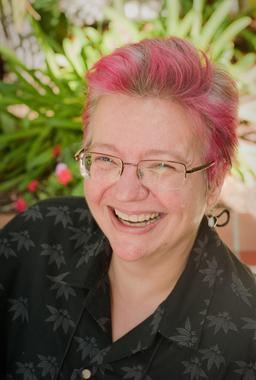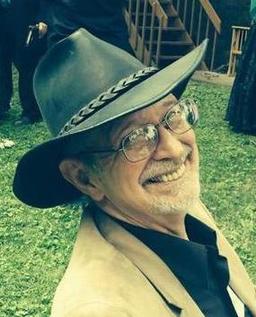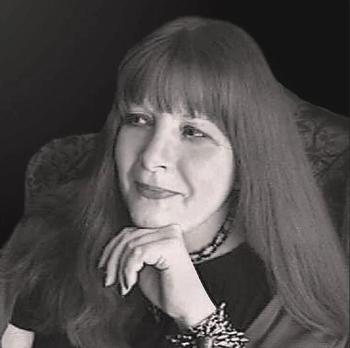Things Your Writing Teacher Never Told You: Pro-Tips From Alyssa Wong
 This week’s Pro-Tip comes from Alyssa Wong, a Nebula-, Shirley Jackson-, and World Fantasy Award-nominated author, shark aficionado, and 2013 graduate of the Clarion Writers’ Workshop.
This week’s Pro-Tip comes from Alyssa Wong, a Nebula-, Shirley Jackson-, and World Fantasy Award-nominated author, shark aficionado, and 2013 graduate of the Clarion Writers’ Workshop.
How Do I Know When a Piece is Ready to Send Out?
I think it’s important to have a handful of beta readers/critique partners whose taste and judgment you really trust. Personally, I prefer people who are very, very critical readers, but who also like my work and understand what I’m trying to accomplish in a piece when it’s a hot mess.
When two separate, very picky readers suggest that it’s ready to send out, I usually do it. That doesn’t mean that I have to agree 100% with the changes they suggest, but knowing that they feel it’s ready really helps me.
Alyssa’s work has appeared in The Magazine of Fantasy & Science Fiction, Strange Horizons, Tor.com, Uncanny Magazine, Lightspeed Magazine, and Black Static, among others. And just out this month, in Nightmare Magazine’s Queers Destroy Horror! Special Issue, is her story “Hungry Daughters of Starving Mothers” about “living in the big city and eating love in all the wrong places.”
Her website is crashwong.net, and her Twitter unsername is @crashwong.







